Technological losses in production goods, according to Art. 254 of the Tax Code relate to material costs for tax purposes. The corresponding provision is enshrined in paragraph 7 of this article. Let us further consider how accounting for technological production losses goods. 
General information
The Tax Code does not disclose the concept of "technological losses in production. "Regulatory guidesToday, they define the term within a specific industry. For example, the concept is disclosed in the Rules approved for baking, heat power and other enterprises. They are also set production loss rates industry-specific products. Within the framework of the topic under consideration, Methodological recommendations on the use of Ch. 25 Tax Code. They contain an indication of the reasons why ttechnological losses in production goods. As stated in the Recommendations, they are determined by the specific operational characteristics of the equipment on which the products are manufactured. On practice technological losses in production - this is waste. They include the remains of semi-finished products, raw materials, products, products that appear during the release of goods, as well as objects that have lost consumer characteristics. Waste can be returned or non-returnable. The latter are not used in the subsequent release of goods or are not sold to third parties.
Nuances
In the course of transportation of material assets, technological losses and natural loss can occur. To clearly understand what happened to the products, it is necessary to identify the causes of the condition. If losses are caused by a change in physicochemical characteristics, then they are taken into account as a natural decrease. For example, they may be associated with the evaporation of water. If the physico-chemical characteristics remain unchanged, then the losses are considered technological. For example, during transportation, some of the cement remained on the walls of the tank. Its properties have not changed. Accordingly, such losses are technological.
Food industry
During the production of bread at various stages, various losses and costs are generated. The latter include such expenses, which are inevitably determined by the cooking process. Technological losses in the production of bread are associated with the consumption of flour in the warehouse, an increase in the mass of finished goods. They can be eliminated without compromising on quality. In the instructions establishing production loss rates goods provided waste:
- Before the stage of mixing of semi-finished products. They are associated with the spraying of flour in the warehouse and in the flour-sifting compartment, the sacking of bags, and the descent from sifting plants.
- From kneading to planting in the oven. They are associated with the dispersion of flour when cutting dough, its contamination.
Technological losses in the production of dairy products are disposable and unremovable. The latter include residues of raw materials on the filter, burning and sticking in the apparatus. Residuals are considered to be residues in containers, pipes, etc. Losses may occur due to wear of valves, production lines, etc.
Specific waste
Technological losses in the production of PET bottles deserve special attention. Enterprises engaged in the production of such goods need to ensure proper storage of waste.Most of them are recyclable. Currently, there are several factories for the processing of plastic containers in the country. Normative acts establish stringent requirements for ensuring production safety, aimed at preventing environmental pollution.
Waste prevention
Any enterprise should take measures to reduce the amount of losses. Measures aimed at preventing the occurrence of large amounts of waste should be developed taking into account the specifics of the industry. For example, technological losses in the production of sausages reduced by cooling, exposure to a cold shower or in a cool room for 10-12 hours. To reduce the consumption of flour, it is necessary to ensure its rational use in the kneading of dough, to prevent overflow of bowls and fermentation plants. In addition, it is important to protect the bags from getting wet, carefully monitor the serviceability of the containers used. Particular attention should be paid to the state of the aspiration system, the tightness of the flour-sifting lines. 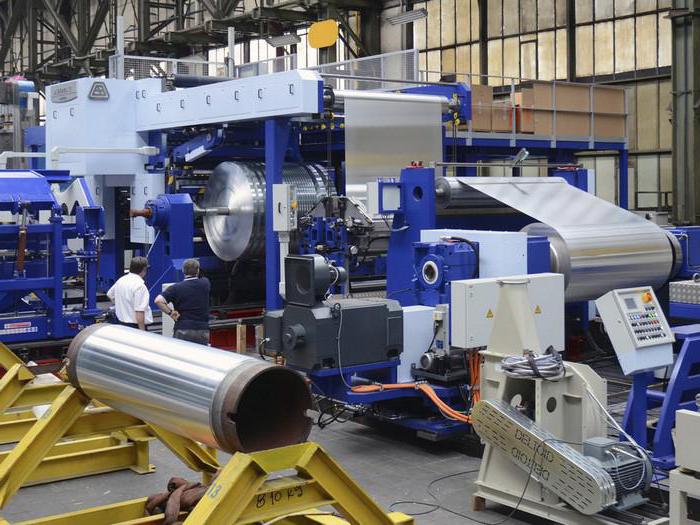
Building materials
Technological losses in concrete production consist mainly of residues of cement and gravel. If the raw materials do not meet the established requirements, they are screened out. During storage, residues of caked cement appear. It is not used in the manufacture of building materials. Technological losses in the production of asphalt concrete arise mainly due to improper kneading. It, in turn, can be caused by dosage mismatch, low quality of raw materials, etc. Technological losses in the production of asphalt and other building materials should be collected and stored at special sites or in containers. Mixture waste can be used for land reclamation. It should be noted that the higher the level of automation and mechanization at the enterprise, the more waste of raw materials will appear and fewer residues of the mixture, the quality of which does not comply with GOST.
RDS 82-202-96
This act establishes standards for difficult waste and loss of raw materials in construction. All materials are divided into several groups. For example, in accordance with the RDS, the minimum loss coefficient of the asphalt mixture should not be more than 2%. The indicators are set for almost all materials used in industry. They are used in determining the total volume of waste in the production of finished products. For example, education calculation technological losses in the production of nails based on a coefficient of 1.
Taxation
Accounting for technological production losses carried out as part of material costs. The relevant provisions are enshrined in Article 254 of the Tax Code. The Code does not provide for any regulations. This means that the company can reflect the waste in the volume in which they occurred. Mandatory conditions in this case are Documentation of technological losses in production and the rationale for their number. These requirements are established by Article 252 of the Tax Code. A similar indication is present in the Guidelines for the use of Ch. 25 of the Code. During tax audits, inspectors will pay special attention to the documentation, which confirms the amount of technological losses. 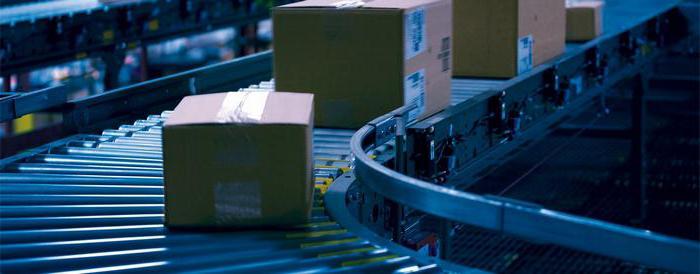
Justification
In one of the Letters of the Ministry of Finance, it is explained that the standards of technological losses are determined by the enterprise independently based on the specifics of the type of activity, specific raw materials. Corresponding indicators are fixed in special acts. As one of them is a technological map. Its form is developed by the enterprise independently. The routing indicates the percentage or number of allowable losses of materials / raw materials for each type of product.
Control
Calculation of technological losses in production the company can carry out goods independently (if there are appropriate employees). The organization can also contact specialized companies involved in the mapping of raw materials. If the company has its own competent employees, then they need to constantly monitor the amount of actual waste. If the amount exceeds the norm approved at the enterprise, the tax inspectorate may charge additional income tax. The increase may be due, for example, to the use of substandard materials. Increased losses in this case must be documented. For this, an act in arbitrary form is allowed. It can, for example, indicate that due to the lack of the necessary amount of money, it was decided to purchase low-quality raw materials, which differ from that provided for in the card. Therefore, its use may result in increased technological losses in production goods. If the excess of the established amount of waste has become regular, it is advisable to revise the map.
Waste Disposal Rules
Due to the fact that technological losses relate to material costs, the procedure for recognizing them as costs is regulated by Article 272 of the Tax Code. According to its provisions, the reflection of waste is carried out on the date of transfer of materials to the workshop for the release of goods. When assessing losses, it is necessary to take into account that the cost of goods and materials in the accounting and tax reports is formed in different ways. In the latter case, it does not apply to non-operating expenses and expenses, reflected in a special order. Accordingly, the amount in the reports may not match.
Calculation of technological losses in production
It is carried out to identify the amount of direct costs attributable to the remainder of the wage. Enterprises that process and process raw materials use the amount of materials transferred to production for 1 month when calculating. At the same time, one should not forget about the provisions of article 319 of the Tax Code. It indicates that the indicator is taken minus technological losses. Consider an example. Suppose that out of 500 kg of scrap metal released to the line, 50 kg are left as part of the scrap. Technological losses amounted to 5 kilograms. The value of direct costs for August 2016 is 20 thousand rubles. Suppose that the enterprise did not have work in progress at the beginning of the month. Accordingly, it is possible to identify the amount of direct costs that will remain in the wage at the end of the month:
20,000 x 50 / (500-5) = 2020 rubles. 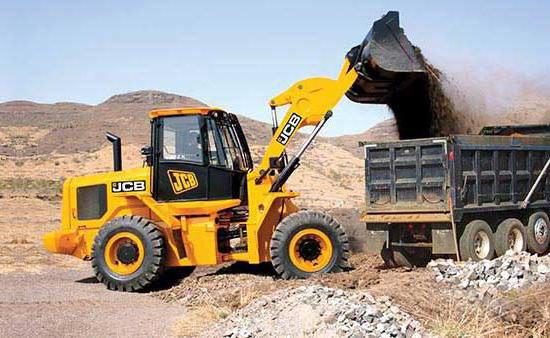
Important point
It is necessary to distinguish between returnable waste and technological losses. Both those and these arise in the process of releasing goods. However, in accordance with Art. 254 of the Tax Code, the residual waste is called the remnants of materials, raw materials, semi-finished products, coolants and other resources that arose during the production of products, work, services, partially lost consumer properties. In this regard, they are used with increased costs (reduced output of goods) or are not used for their intended purpose. Thus, the main difference is the possibility of subsequent use or re-sale to a third party.
Technological losses in production: wiring
Irrevocable waste does not bring economic benefits to the enterprise. Accordingly, they cannot be accounted for as assets and measured. The relevant provisions are present in the Concept of financial statements in the market economy of the Russian Federation. Similar rules regarding technological production losses are reinforced by a number of industry recommendations.
VAT recovery
In the process of writing off costs as production technological losses or natural losses, specialists often have difficulties. First of all, the question arises - is it necessary to restore VAT, the amount of which is necessary for such expenses.If we talk about losses that occurred within the limits fixed by the enterprise, then there are no tax requirements in the Tax Code. Accordingly, there is no need to restore VAT. The Ministry of Finance clarified the excess losses in a letter dated 2004. The Ministry indicated, in particular, that if a material shortage is identified, the tax is subject to recovery. This is due to the fact that retired facilities are not used in taxable operations. Accordingly, the regulatory authorities will demand the restoration of VAT during inspections. But, according to some experts, this position is contrary to the provisions of the Tax Code. Therefore, the payer has the right not to recover the tax attributable to losses.
Exceptional Cases
Meanwhile, the obligation to restore VAT is enshrined in article 170 of the Tax Code. Clause 3 says that when a payer accepts tax amounts in the cases specified in clause 2 of the same norm, the corresponding amounts of VAT should be deducted to the budget for reimbursement or deduction. Clause 2 contains a closed list of these situations:
- Products are used in operations that are not subject to taxation (exempt from it).
- The place of sale of goods is the territory of Russia.
- Products are purchased by entities that do not have taxpayer status or are exempt from budgetary obligations.
- The acquisition of goods is associated with operations that are not recognized as sales in accordance with Article 146 of the Tax Code (Clause 2).
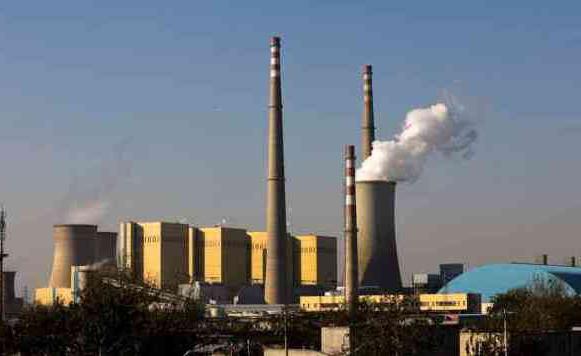
The specified provisions of Art. 170 of the Code do not fix the grounds for tax recovery in the event of technological production losses in excess of standards. Moreover, in Ch. 21 of the Tax Code there is no direct directive in this regard. Accordingly, the payer has the right not to restore the VAT previously accepted for deduction in the event of excess losses. At the same time, the economic entity must assess all the risks, taking into account the specifics of its activities, and, if necessary, prepare for proceedings in court.
Example
Consider how in practice it is possible to determine the size of the losses. Let's say an enterprise produces goods from scrap metal. The norm of production technological losses is 1%. In the 1st quarter of 2015, the company received a loan for the purchase of raw materials. In July of the same year, 500 kg of scrap was purchased at the expense of borrowed funds, at a cost of 20 rubles / kg. The loan was repaid with interest. The value of% before the adoption of values amounted to 200 rubles. In August, the company released all the raw materials into production. In the third quarter, the company will be able to reflect 5 kg of scrap (500x1%). Suppose that the volume of real losses was within the standard. In tax reporting, their value will be 100 rubles. (20 rubles. X 1% x 500 rubles.). The amount of interest on the loan should be attributed to non-operating expenses, in accordance with the provisions of Article 65 of the Tax Code. In accounting, it is included in the actual cost of materials based on RAS 5/01. In this case, the initial price of scrap metal will be 10,200 rubles. (20 x 500 + 200). The cost of technological production losses, in turn, will be 102 rubles.
Natural decline
As it acts loss in the form of reducing the weight of the goods while maintaining its quality within the requirements. Natural decline is a consequence of changes in physicochemical or biological characteristics. In other words, it is an indicator of the permissible value of irretrievable losses. This indicator is determined by:
- In the process of storing material assets - for the entire period by comparing its mass with the weight of the goods actually accepted at the warehouse.
- When transporting goods and materials - by comparing the mass given in the accompanying papers with the weight of the products accepted by the recipient.
Features of the composition
Natural decline does not include:
- Technological losses.
- Waste from marriage.
- Losses of values that occurred during transportation and storage in connection with violations of the requirements of technical conditions, standards, operating rules, imperfection of protective equipment, damage to packaging, etc.
The composition of the natural loss also does not include waste arising from the repair, prevention of equipment used for storage and transportation of goods and materials. It does not include all types of accident losses. 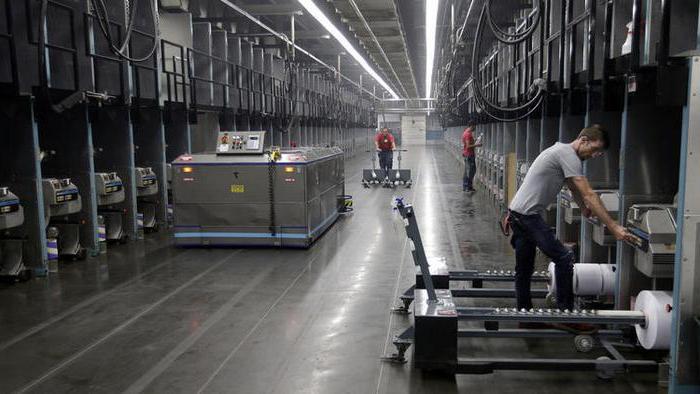
Standards
In both accounting and tax accounting, losses incurred due to natural decline are established in accordance with the norms approved by the Government. In this case, before the introduction of new indicators, the previous coefficients continue to operate. It is worth saying that the presence of approved standards does not mean that the company can automatically write off the calculated amounts to costs. First of all, it is necessary to establish the actual shortage or discrepancy between the information specified in the accompanying papers and the actual availability of objects at their acceptance. In other words, the fact of losses and their total size should be recorded. In the financial statements, the identified amounts are attributed to DB SCH. 94. After this, the limit value is calculated in accordance with the normative indicators.
Storage
If the raw materials that arrived at the enterprise, before being sent to the production line, are in stock (in the freezer, refrigerator), a natural decrease may occur. Its appearance is possible in relation to already released, but not sold goods. The detected shortage must be reflected in dB sc. 94 and cd of the respective accounts. If the score is offset. 10, then the natural decline will act as part of the cost of production. Accordingly, the amount will be reflected in the accounts summarizing information on costs. They include sch. 20 and 25. If losses of goods and finished products are detected, then the natural decrease should be reflected in dB cf. 44. Excess losses are shown in the debit account. 91.2.
Transportation
Missing or spoiled materials found when receiving the received materials are taken into account in a certain order. The determination of the amounts is carried out by multiplying the identified quantity by the sale (contractual) value. This refers to the price set by the supplier. Other amounts, including transportation costs and VAT that relate to them, are not reflected. Damage and shortage are debited from the cd of the current account in correspondence with dB cf. 94. They are attributed to transportation and procurement costs or to the accounts of deviations in the value of inventories (cf. 16). The amount of VAT in the part that falls on a natural decrease, the company can accept for deduction according to the general rules. 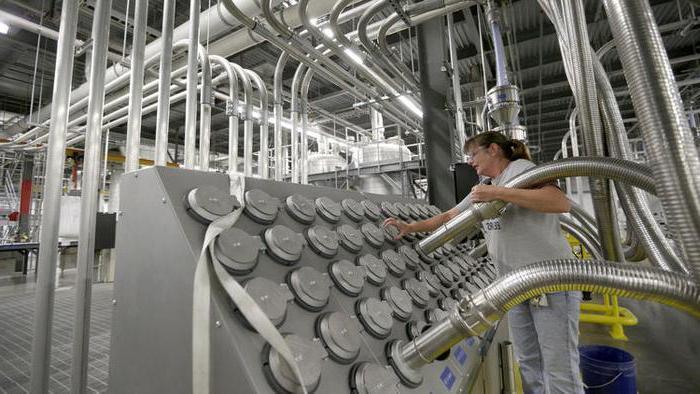
Additionally
Reflection of damaged and missing materials in excess of the norms of natural loss is carried out at actual cost. Moreover, it includes:
- The price of raw materials without VAT. If a shortage or deterioration is found in excisable goods, excise taxes shall be taken into account.
- The amount of transport and procurement costs payable by the purchaser of the product. Moreover, it is taken into account in the part relating specifically to damaged or missing materials.
- The amount of VAT associated with transportation costs arising from the acquisition and the cost of raw materials.
Excessive losses must be recovered from those responsible. If this is not possible, they are written off to reduce financial results and are not accepted to reduce the base when calculating income tax.